Dev Patel | 2hr 1min

Throughout the first two acts of Monkey Man, the only manifestations of the Kid’s childhood trauma come through splintered flashbacks, aggressively piercing the mental barrier he has placed between the past and present. They are just as disorientating as they are potent, triggering intense feelings of rage and grief at the sight of a familiar ring, or otherwise overcoming him with peace as he recalls the stories of Hindu gods his mother once read. Dev Patel’s handheld camerawork leans heavily into close-ups in these interludes, hazily singling out key details that have ingrained themselves in the Kid’s psyche, and yet which he must keep some emotional distance from if he is to exact clean vengeance against those responsible for his physical and psychological scars.
The fine control that Patel exerts over the non-linear structure of Monkey Man is an impressive feat for any first-time filmmaker, though the time he has spent acting under great directors such as Danny Boyle and David Lowery has no doubted imparted valuable lessons. Repeated images of corrupt police chief Rana Singh silhouetted against a burning village irrevocably binds the Kid to his fearsome nemesis, just as the recurring image of Hanuman the Monkey God is linked to the Kid himself, setting him on a spiritual journey from bloodthirsty retribution towards cathartic enlightenment.
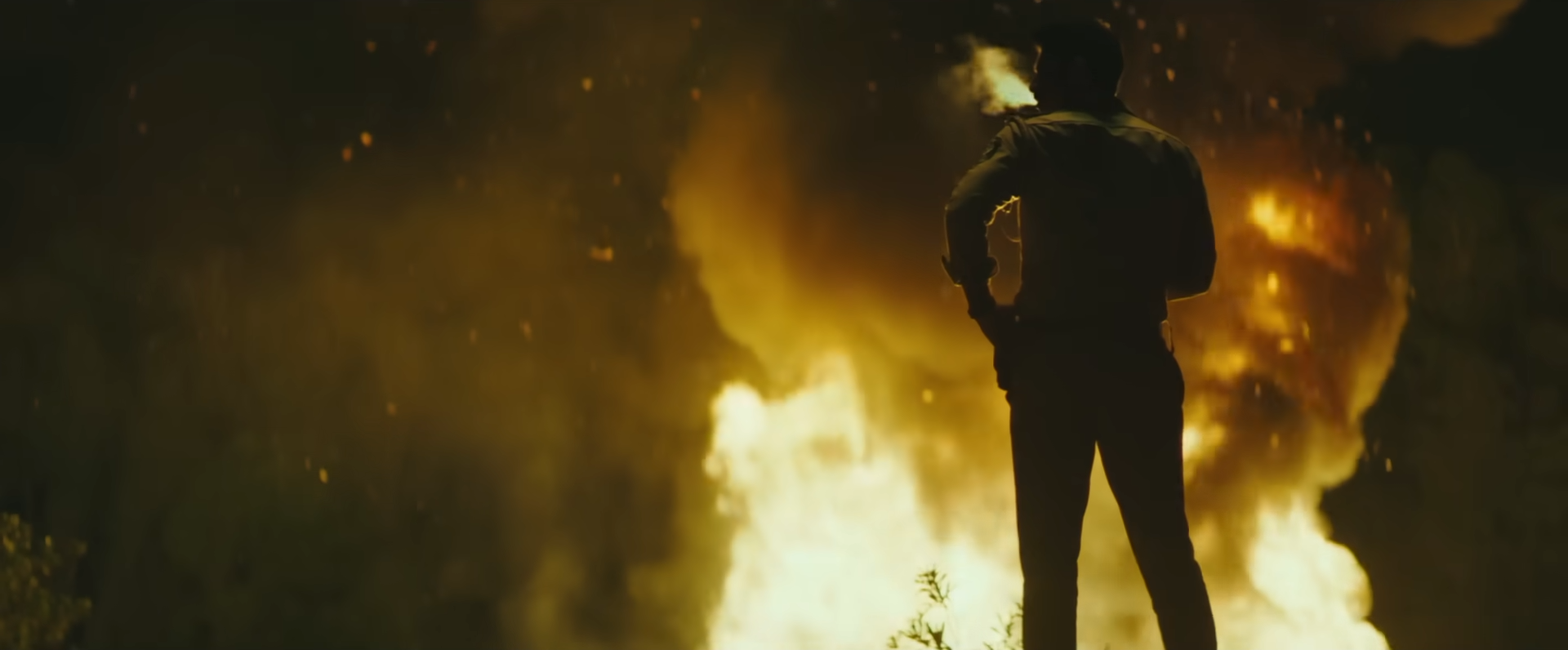

The gorilla mask that the Kid wears as an underground fighter in the Tiger’s Temple may be the clearest representation of this, though when he opens a rift in his chest during a hallucinatory, spiritual awakening, Patel even more specifically evokes the iconography of Hanuman revealing his heartfelt devotion to gods Rama and Sita. Patel is wise to choose this moment as the reveal of the Kid’s full backstory, transcending mere exposition by marking it as a crucial turning point in his arc, and thus allowing him to stare his trauma in its face rather than let its intrusive fragments domineer him. All those shards of stray memories thus congeal into a pitiful portrait of corruption in modern-day India, recognising the Kid as a nameless avenger of not just his own family, but an entire caste of society that has been crushed by political oppressors.
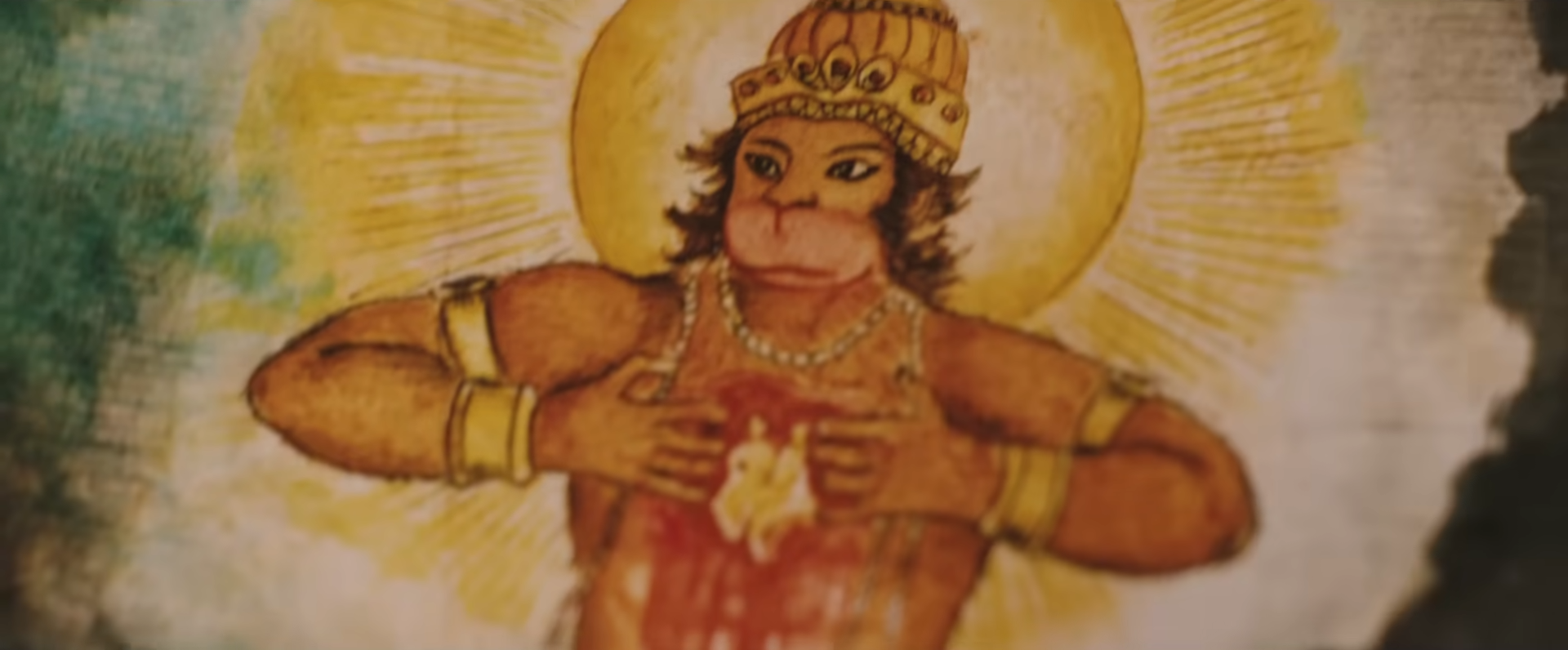
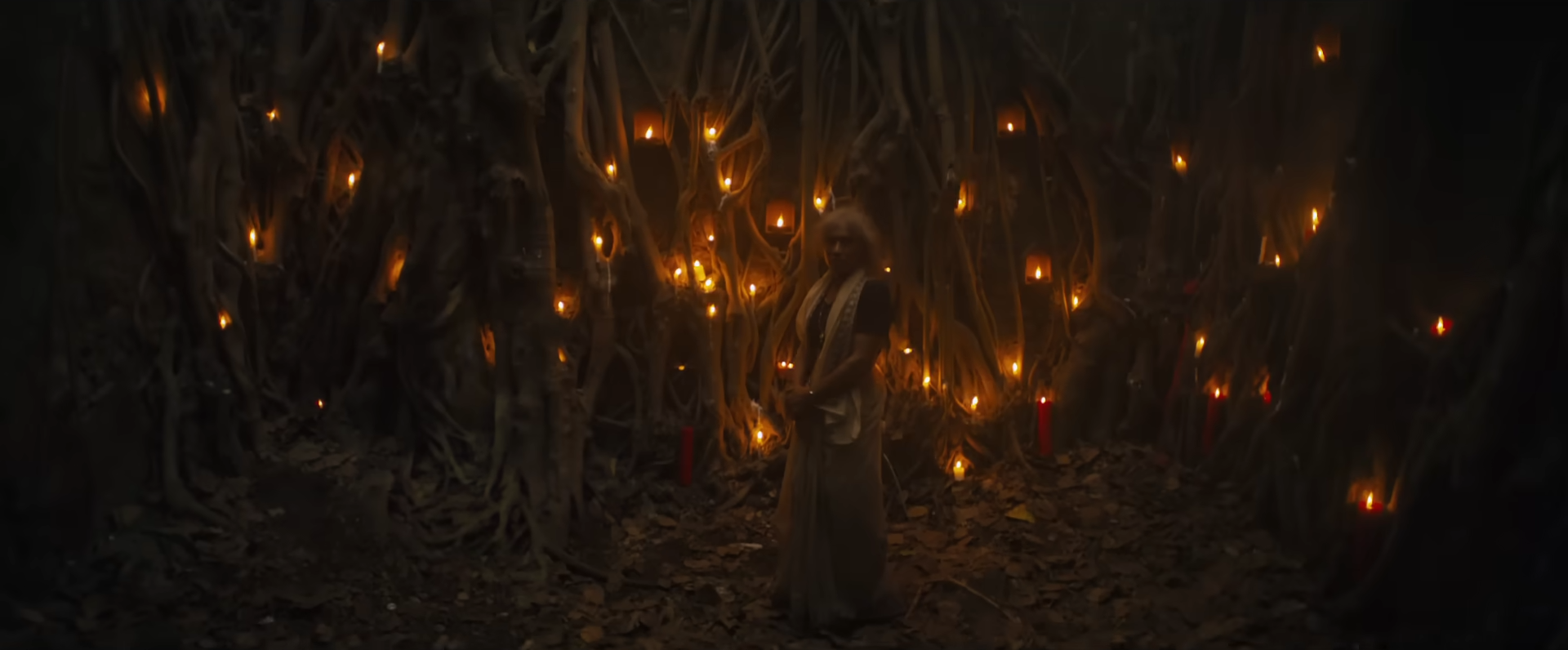
The towering brothel that the Kid infiltrates to reach Rana becomes a magnificent metaphor for this ascension too, with each floor signifying distinct levels in a rigidly segmented social hierarchy, and respectively bringing our hero closer to shattering the fascistic branch of Hindu nationalism his archenemy serves. This movement is not to be confused with Hinduism as a religion, Patel is careful to illustrate, especially when the Kid aligns himself with a deeply spiritual community of Hijra – a third gender originating in India thousands of years ago, encompassing individuals who may be transgender, intersex, or eunuchs. Hinduism is an intricate belief system interlocked with an equally complex political landscape, and so it is a testament to Patel’s visual storytelling that both are weaved with such nuance into Monkey Man’s vibrantly textured setting, offering tangible stakes to the Kid’s brutal conquest of evil.

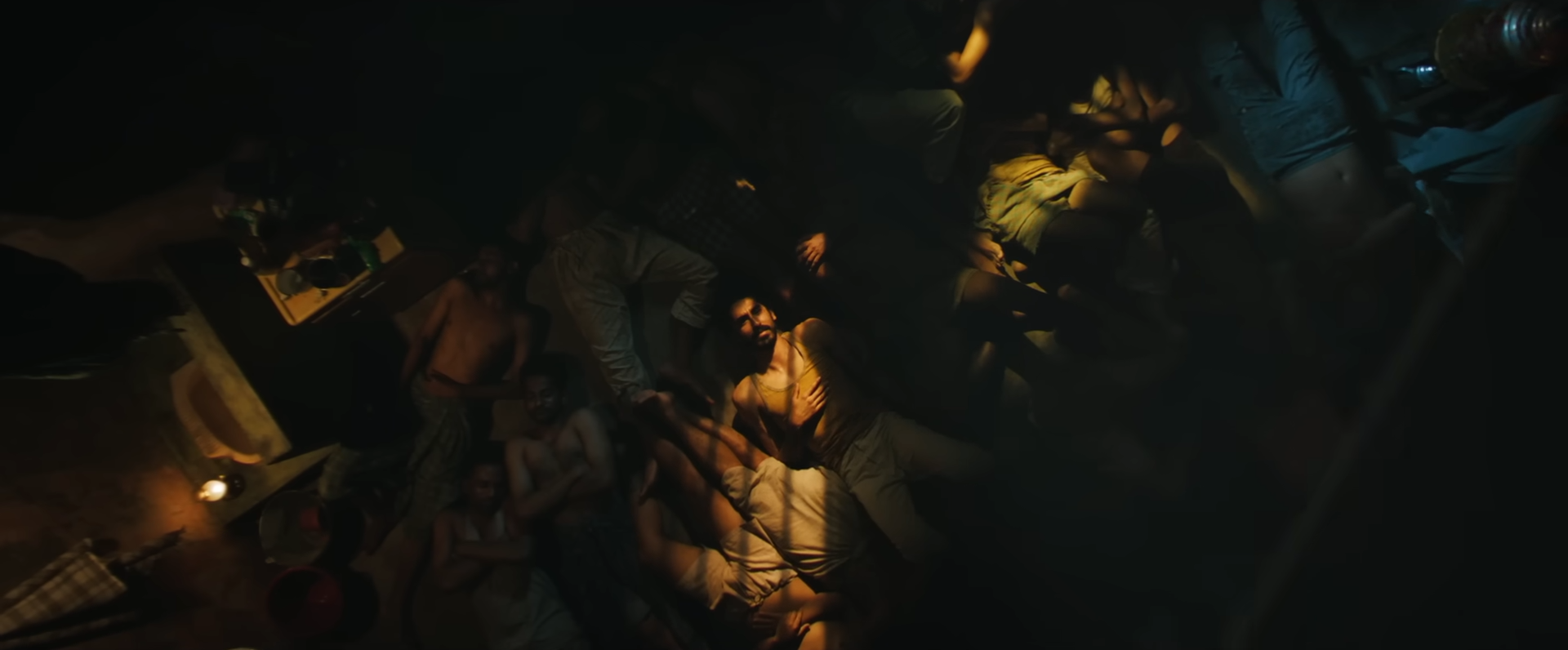
Of course, a great deal of this also comes down to the sheer creativity and practicality of the visuals, destabilising the Kid’s world with overhead shots, canted angles, and slow-motion sequences. The settings are often as dynamically engaged with the action as the actors themselves, imposing obstacles such as a large aquarium slowly flooding a bathroom, and offering an array of improvised weapons in a kitchen where stoves, microwaves, and knives are wielded with gruesome resourcefulness. While Patel keeps up an expeditious pace in his editing throughout Monkey Man, he also knows when to let his camera hold on longer takes and let his hand-to-hand fight choreography shine through, made all the more impressive by his dedication to performing his own stunts.
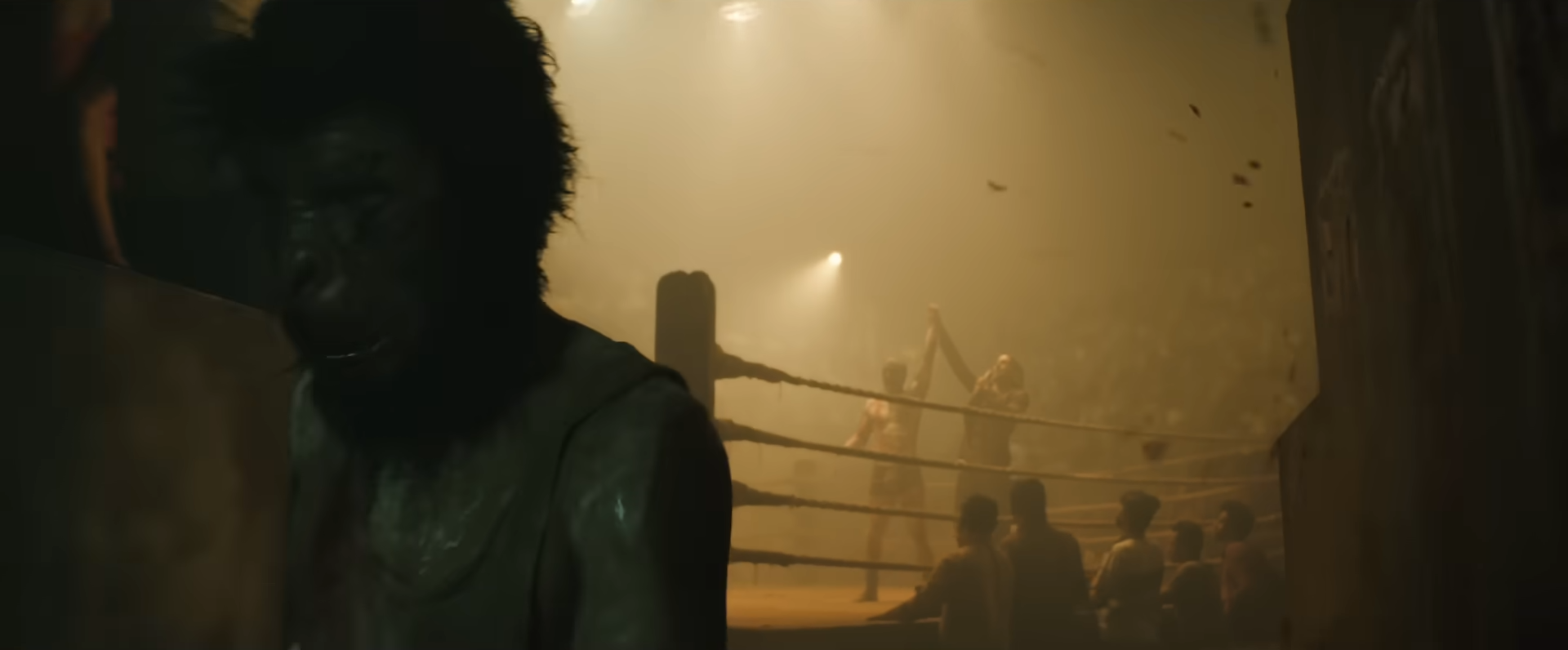

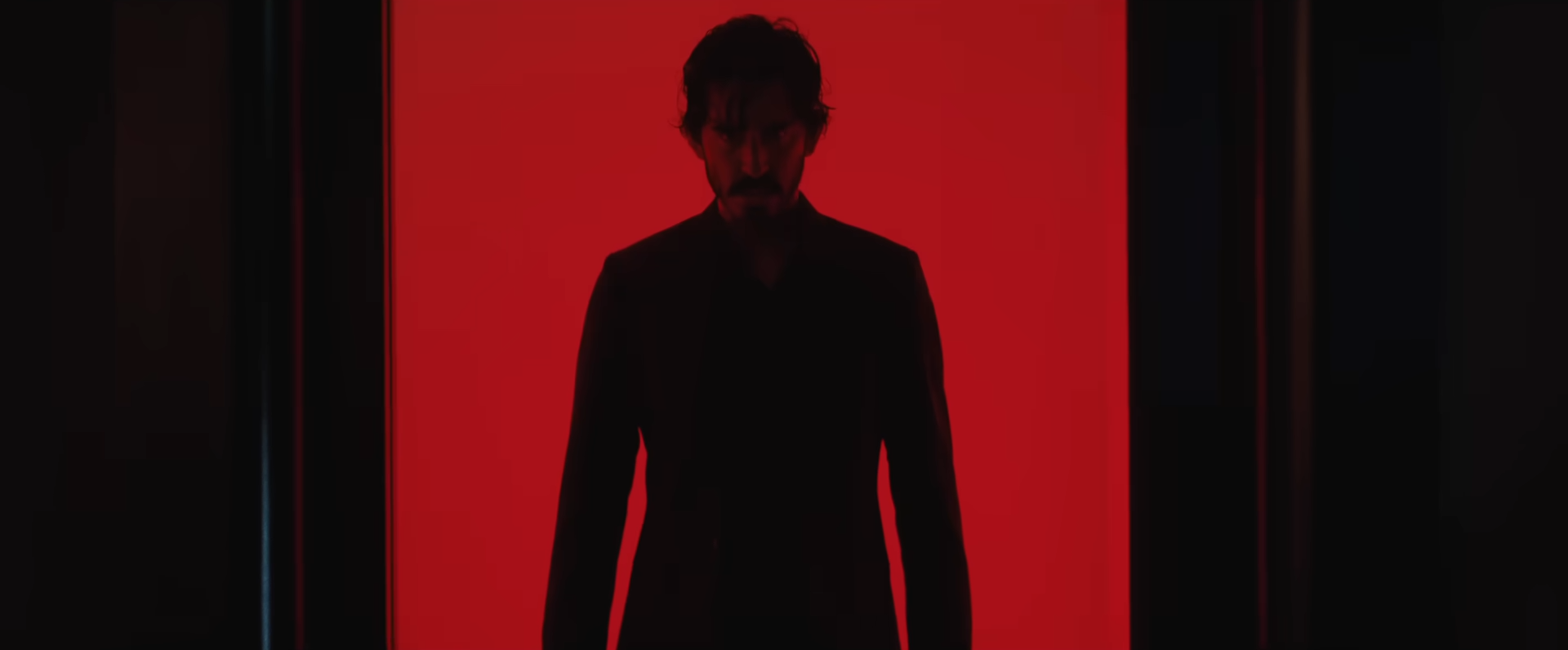
Patel’s direction continues to shine in his lighting’s vivid distinction of each location too, separating the humid, yellow atmosphere of the Tiger’s Temple from the dim purple ambience of a high-end strip club, and eventually even drenching the Kid in crimson as the tower elevator takes him to the end of his journey. There at the top, Diwali fireworks and an earthy red painting of Hanuman reigning over a battlefield become auspicious backdrops to his final confrontation, effectively rendering the Kid as a modern avatar of the Monkey God meeting his destiny. It is a rare thing to witness a first-time director meld such handsomely stylised visuals with mystical symbolism, yet by its marvellous conclusion Monkey Man has thoroughly proven Patel to be just as adept behind the camera as he is in front of it, crafting a Hindu allegory that envisions the righteous delivery of divine, cosmic justice upon India’s corrupt political landscape.
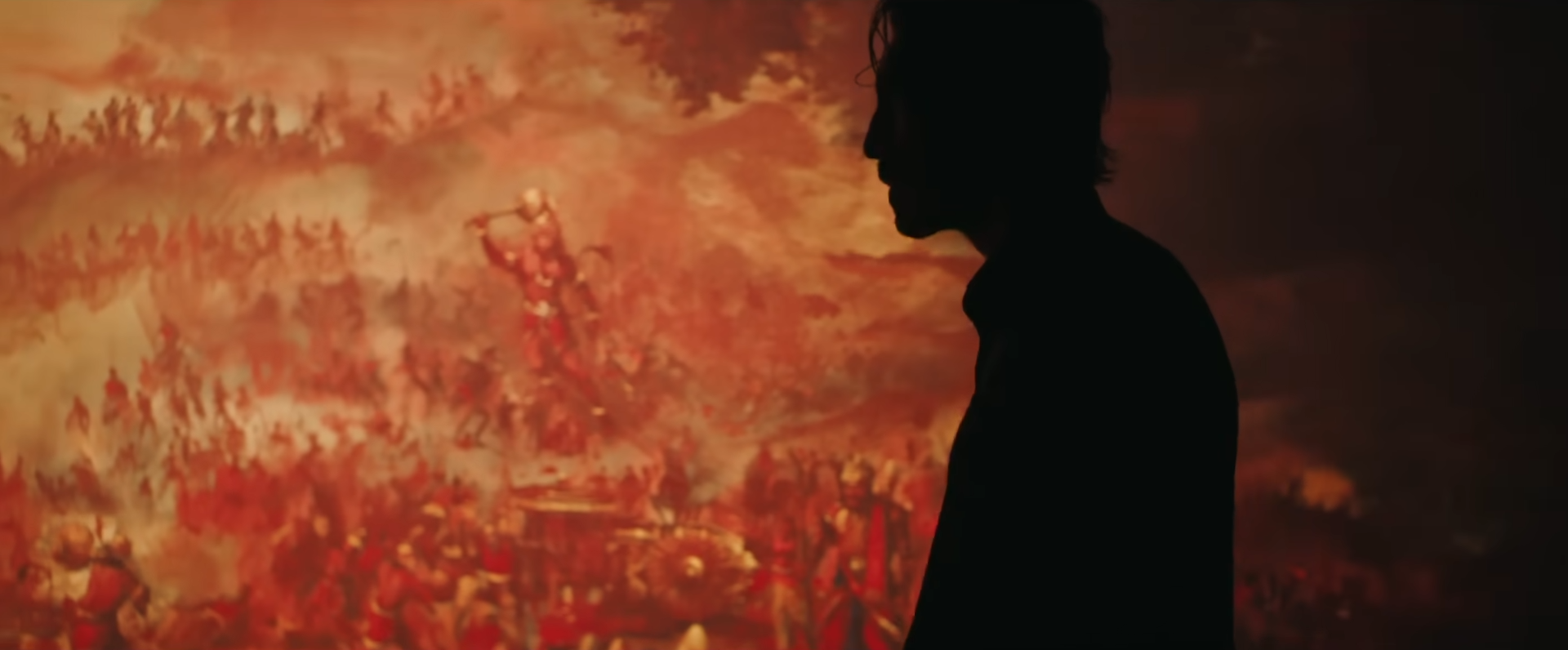
Monkey Man is currently playing in cinemas.


How much influence do you think Jordan Peele the producer had on this film?
Even as an admirer of Peele, I don’t think he has made anything this visually handsome before. I suppose we could give him credit for spotting and funding talent, though the only thing this has in common with his own work is the fact it’s a genre film with plenty of thematic substance to it.
The first half of this is definitely stronger than the second. It basically turns into Creed 3 at that point. The unpredictability is gone. The protagonist of course trains and finally gets revenge on the bad guys. Talking about Creed 3, the bad guys here are not well developed nothing like Jonathan Majors’ work. But it’s a very impressive direction/performance(at least in the first half) from Patel. And the red background coming out of the elevator is well done. Used as the cover. Also the Sobhita Dhulipala parts are filler.
The screenplay could do with some trimming in parts, and I agree about the Sobhita Dhulipala subplot. Not a dealbreaker for me though – it’s the tried and tested hero journey complete with traditional archetypes.
Given the tone of this is very bleak I think it would have benefitted if they removed Dhulipala and added a truly good female character. Would provide more depth to Patel as well. This is done minorly by using a dog. But still. Also there are too much antagonists? The madam character is the least interesting. Also some shots could have been held longer like for example the standing on a table infront of a bar fight.
Pingback: 2024 in Cinema – Scene by Green
Pingback: The 25 Best Male Actors of the Last Decade – Scene by Green